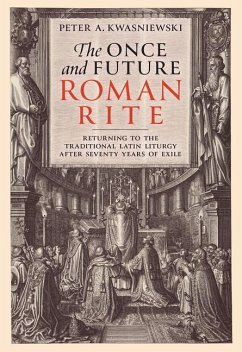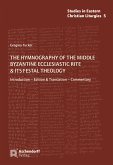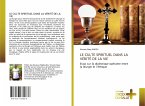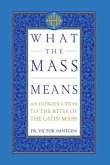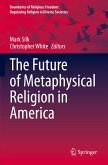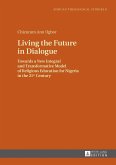Dr. Peter Kwasnieski argues that sacred Tradition is the guiding principle for all authentic Christian liturgy, which originates from Christ and is guided by the Holy Spirit throughout the life of the Church. The prominent identifying traits of the classical Roman Rite--and indeed of all traditional rites, Eastern and Western--are absent from the Novus Ordo, estranging it from their company and making it impossible to call it "the Roman rite." To respond to this crisis of rupture, we must return fully to the Tridentine Rite, the Roman rite in its robust perennial richness, for which no special permission is or could ever be needed. Fidelity to the traditional Latin Liturgy is, at its root, fidelity to the Roman Church and to Christ Himself, Who has lovingly inspired the growth and perfection of our religious rites for two thousand years. This awe-inspiring gift of tradition allows us to taste, even now, the banquet of the promised land of heaven.

